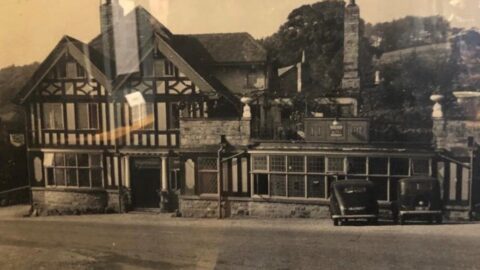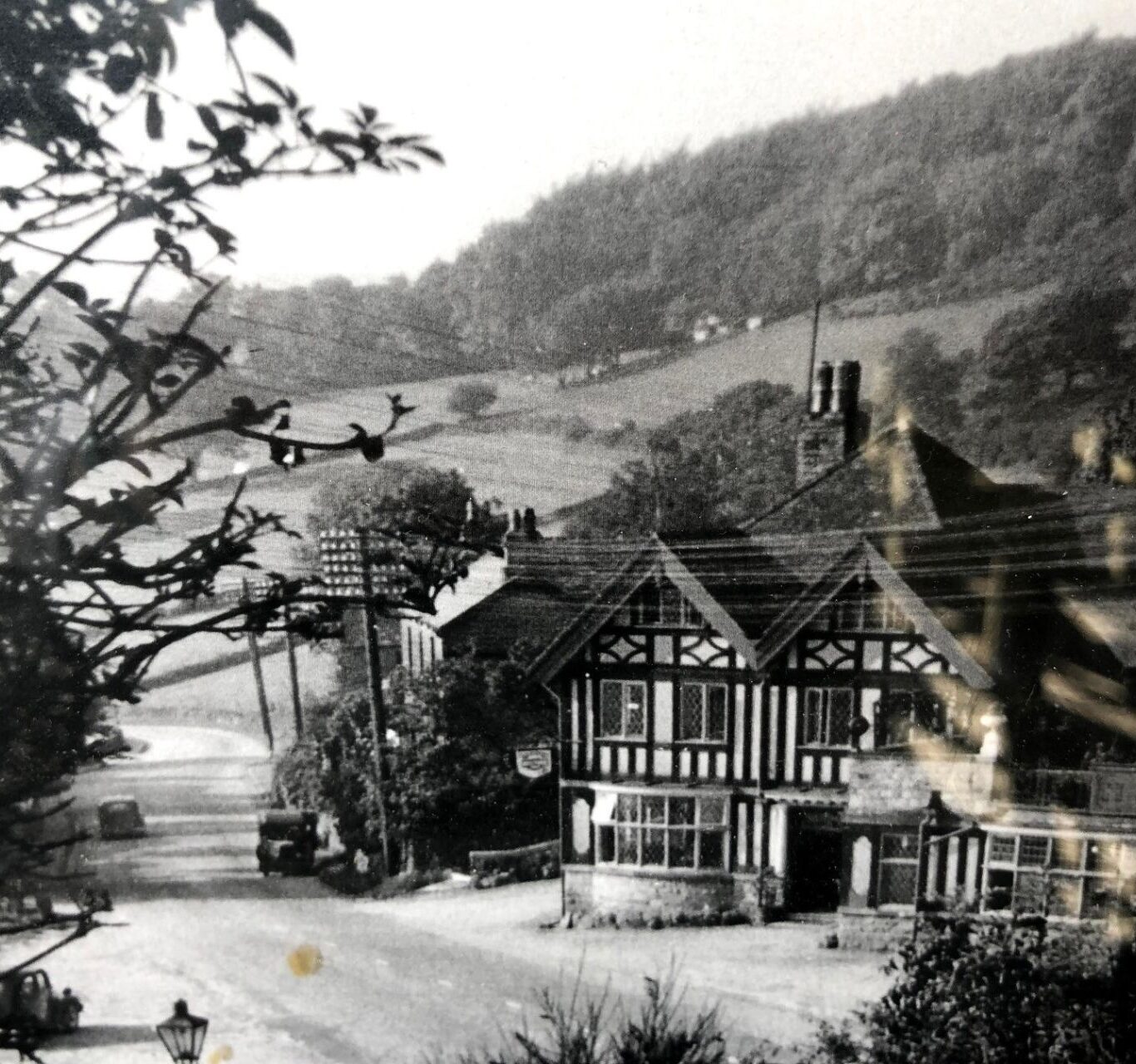our history
THE MILLSTONE COUNTRY INN
THE BEGINNING
Welcome to the Millstone Inn, Hathersage. The name of our village appears in the Domesday book of 1086 AD as ‘Hereseige’ and in 1398 as ‘Haversegge’. The name possibly translates as ‘the-goat ridge’ but it seems more likely that the first element is an Old English name of ‘Haefer’ & the ridge no doubt relates to the Millstone Edge.
The manor passed from the Fitzhubert family to the Meynells & by heiress to the Eyre family in 1450. In 1577, Hathersage is described as having five ‘alehowsis’ which were kept by John Grime, Robert Tomason, Thomas Hall, Thomas Slacke, & Thomas Maunsfield.
1631 – 1691
In 1631, a farmhouse was erected on this site which later would become the Millstone Inn. However, for the next two hundred years it was very much involved in the quarrying of the best millstones in England – an industry that stretches back to at least Roman times. The best millstones were quarried at a few restricted outcrops, sometimes in small delves but more usually along the numerous local ‘edges’ high above the river valleys. It is possible that millstones were carted along the same route as Derbyshire lead, carried long distances along the River Derwent. Local corn mills were constantly supplied with them.
1692 – 1704
In his will dated 1692, Thomas Whyte gave his message, lands & premises situated within the booths of the parish of Hathersage, to five persons & their heirs on trust that they should annually, on the feast of St Thomas, pay to the curate, the sum of £6. He also directed that 10 shillings should be paid to the clerk, for 20 sixpenny brown loaves for the poor.
1705 – 1837
In 1705, William, the Duke of Devonshire at Chatsworth House purchased the parish of Hathersage & became the Lord of the Manor, a title that he still retains today. In 1710, Millstone Edge near Hathersage is described as one of the most favourable places in the country for the manufacture of millstones. During the late 17th and 18th centuries, the cutlery industry expanded rapidly, thus increasing the demand for grindstones for knives & scythes.
When Daniel Defoe stood on a hilltop above Chatsworth, he idly wondered what should happen if ‘they roll down a pair of those stones coupled with a wooden axis as is the way of drawing them’. The earliest coach road developed from the various packhorse ways linking Hathersage to Sheffield appeared in 1757. The present stretch of road we know today was not built until 1826 by the Greenhill & Hathersage Turnpike Trust as was the single storey toll cottage. Previous to this, the road from booths had dropped down the steep bank to the north side of Leadmill Bridge and at this time, the ‘Millstone Inn’ had become a ‘beerhouse’
1838 – 1844
Above The Millstone, on the main road that turns sharply left is an area known as the ‘surprise’. Its name derives from when Princess Victoria was driven along this road and exclaimed ‘what a surprise!’ when she suddenly saw the magnificent Hope Valley stretching out in front of her.
A year after she was proclaimed queen, the ‘Millstone Inn’ was granted a full licence on August 30th 1838. The Peak District was becoming popular with visitors along with an increase in trade. Hathersage had changed from being a quiet agricultural village. In 1750, Henry Cocker from Manchester set up a wire drawing factory & was followed in 1811 by the arrival of a needle in pin maker – five mills in the area were involved in these trades.
In the village, Little Johns (of Robin Hood fame) grave & cottage were an added attraction, along with the local scenery, so during this period, the Millstone Inn played host to the growing number of tourists visiting the area.
1845 – 1893
In 1845, Hathersage welcomed the arrival of famed author Charlotte Bronte, who wrote part of ‘Jane Eyre’ whilst residing here. She stayed at the vicarage during the summer & spent many hours wandering across the local countryside, enchanted by its beauty. Nearby North Lees Hall undoubtedly proved the inspiration for Mr Rochester’s ‘Thornfield Hall’ – as featured in the novel.
In 1851, Elizabeth Wilkins was listed as the innkeeper & farmer of the 56 adjoining acres, employing 4 labourers & 2 woodsmen. In 1871, the Inn was managed by 23 year old John Hudson & his wife Rhoda from nearby Castleton. 1879 saw William Eyre take over the pub & combined the operation of the Inn with his secondary job as a butcher.
During these years, the Millstone Inn was split into two cottages & what a welcome site must have been for the many mail & stage coaches that passed on their way to & from Manchester.
1894 – PRESENT
Changes were soon on the horizon with the arrival of the railway in 1894. This led to closure of all the mills in Hathersage by 1902. In 1929, the Millstone was rebuilt as we know it today – a 3 storey public house, built in a pastiche of Tudor, Georgian, regency & vernacular architectural styles. In 1958 the Peak District National Park adopted the millstone as its official boundary sign.


